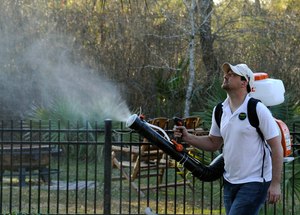
South Dakota has the highest rates of human-contracted West Nile Virus. The state recently allocated $500,000, and more than $8 million since 2001, for mosquito control.
The South Dakota Department of Health (DOH) is offering 218 cities, towns, counties and tribes a portion of $500,000 total in grant funding to support mosquito control programs in an effort to prevent West Nile Virus (WNV) infections.
Since it’s first case in 2001, the state has reported 2,601 human cases and 46 deaths.
South Dakota has a disproportionately high number of WNV cases when compared to other states. Local mosquito control efforts play a vital role in protecting our communities,” Bill Chalcraft, administrator of public health preparedness and response for the Department of Health, told KSFY last month.
All communities that applied received funding, with grants ranging from $500 to $20,000. Awards were based on the population of the applying jurisdiction, and its history of human WNV cases, according to DOH . West Nile virus can cause febrile illness, encephalitis (inflammation of the brain) or meningitis (inflammation of the lining of the brain and spinal cord).
South Dakota has provided more than $8 million to local mosquito control programs.
DOH makes the following recommendations to reduce mosquito populations to South Dakota residents :
Review the breakdown by jurisdiction on the state website .
Read the original story on KSFY.com .
Copyright © 2025 GovGrantsHelp.com. All rights reserved.
